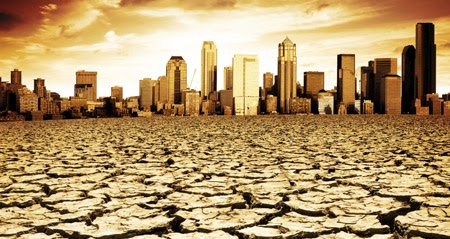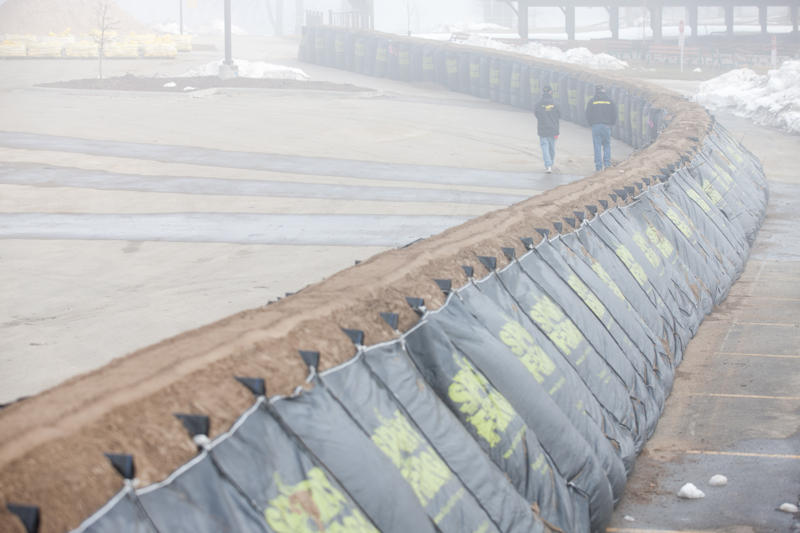Introduction:
As the effects of climate change become more pronounced, the field of civil engineering finds itself at the forefront of addressing the challenges posed by shifting weather patterns, rising sea levels, and extreme weather events. Infrastructure systems designed to withstand historical climate conditions are now vulnerable to the increasing frequency and intensity of storms, floods, droughts, and heatwaves. In this blog, we delve into the multifaceted impact of climate change on civil engineering, exploring the implications for infrastructure resilience, design practices, and adaptation strategies.
1. Increased Risk of Flooding:
– Climate change exacerbates the risk of flooding due to more frequent and intense rainfall events, rising sea levels, and changes in precipitation patterns.
– Civil engineers must reassess floodplain maps, update hydraulic models, and design infrastructure with greater flood resilience to mitigate the impact on communities and ecosystems.
2. Coastal Erosion and Sea-Level Rise:
– Rising sea levels and coastal erosion threaten coastal infrastructure, including ports, seawalls, and waterfront properties.
– Civil engineers employ innovative coastal protection measures such as beach nourishment, dune restoration, and offshore breakwaters to mitigate erosion and safeguard coastal communities.
3. Infrastructure Vulnerability to Extreme Weather:
– Extreme weather events such as hurricanes, tornadoes, and wildfires pose significant challenges to infrastructure resilience.
– Civil engineers integrate climate data, risk assessments, and resilient design principles to enhance the structural integrity and operational continuity of critical infrastructure assets.
4. Urban Heat Island Effect:
– Urbanization exacerbates the urban heat island effect, leading to higher temperatures, increased energy demand, and reduced air quality in cities.
– Civil engineers implement green infrastructure strategies, such as green roofs, permeable pavements, and urban forests, to mitigate heat island effects and enhance urban resilience.
5. Water Supply and Drought Management:
– Climate change disrupts water supply reliability and exacerbates drought conditions in many regions.
– Civil engineers develop sustainable water management strategies, including rainwater harvesting, groundwater recharge, and water reuse, to ensure water security and resilience in the face of changing climate conditions.
6. Impact on Transportation Infrastructure:
– Climate change affects transportation infrastructure through increased risk of landslides, bridge scour, pavement deterioration, and disruption of transportation networks.
– Civil engineers employ climate-resilient design standards, asset management practices, and emergency response plans to enhance the resilience of transportation systems and ensure continuity of service.
7. Adapting to Climate Change:
– Civil engineers play a crucial role in developing climate adaptation strategies and implementing resilient infrastructure solutions.
– Collaboration among engineers, policymakers, scientists, and community stakeholders is essential to address the complex challenges posed by climate change.
– Investing in research, innovation, and capacity-building initiatives can enhance the resilience of infrastructure systems and communities to climate-related hazards.
Conclusion:





